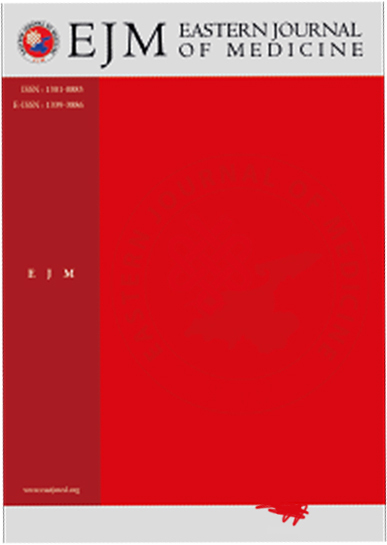What Happens with Liver in Critically ill COVID-19 Patients- Ultrasound and Elastography Findings
Derya Bako1, Engin Beydoğan21Department of Pediatric Radiology, Van Regional Training and Research Hospital, Van, Turkey2Department of Radiology, Van Regional Training and Research Hospital, Van, Turkey
INTRODUCTION: The liver is the second potential target organ of COVID-19 after lungs. However, the COVID-19 induced liver injury's definition, clinical importance and even the real existence of a clinically important liver injury during the disease course is still unclear. Therefore, in seeking information about the existence of the liver injury we decided to evaluate sonographic findings and consecutive tissue stiffness alterations with shear wave elastography in critically ill COVİD-19 patients.
METHODS: A total of 28 critically ill COVID-19 patients from ICU were randomly enrolled in this study between October 2020 and December 2020. US and SWE findings, age, gender, comorbidities, previous liver disease history, aspartate transaminase (AST), and alanine transaminase levels (ALT) were recorded.
RESULTS: A total of 28 participants were included in this study, data for the 19 participants were evaluated. Hepatomegaly was detected in 12 (63%) cases. 2 patients had periportal cuffing while 1 patient had hepatosplenomegaly. The mean liver stiffness value was 4.73 kPa with a reference range between 2.55 and 8.49 kPa. Only one patients liver stiffness value exceeded normal limits.
DISCUSSION AND CONCLUSION: The mild increase of liver function biomarkers, the lack of typical sonographic findings for virus-induced hepatitis and lack of any significant increase in tissue stiffness expected in acute hepatitis, are not supporting the previous hypotheses of direct virus-mediated liver damage due to COVID-19. On the contrary, a mild liver injury seen in these patients may be attributed to the collateral liver damage mainly from dysregulated and severe immune response.
Manuscript Language: English














